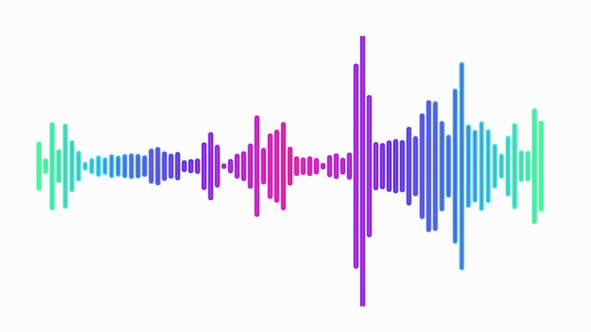Listening to radio has changed over the couple of years. More and more listeners are grabbing their phones to listen to radio instead of listening to traditional FM-Radio. As a Program Director for my online radio station and Sound Consultant for several radio stations, I’m getting quite annoyed when listening to online radio nowadays. Let’s dig in some online processing!
“Your online streaming encoder should never be clipped. It destroys all details in the decoded audio afterwards.”
Processing for streaming audio is completely different than processing for FM. Unfortunately, many radio stations fail to know just how different it is. Unlike FM-Radio – where loudness is realised with clipping the audio – the input to a online streaming encoder should never be clipped. It’ll destroy all details in the decoded audio afterwards.
Lossy encoders (like MP3, AAC and HE-AAC(v2)) perform at their best when the incoming audio has short-term dynamics, also known as “peaks”. This is where the encoder attempts to cover or hide any audible encoding artefacts. When the input audio lacks these short-term dynamics, the artefacts are more revealed and audible for your audience.

In this example image you see a processed audio file (through an (radio) audio processor) on the left (WAV: 16bit/48KHz), and on the right the same segment after MP3 encoding (320kbps / Online streaming). As you notice: a lot of details are missing after encoding the compressed/processed audio. I’m still surprised with stations still using MP2 384kbps – or even MP3 320kbps Audio Files in their audio vault, but that’s a topic I’ll cover in a next blog.
Deliver a product that is loud enough and more enjoyable to listen to than FM radio.
With all processing, increased loudness will come with a large drop in openness and quality. Depending upon the market, it it sometimes necessary for an FM station to walk on that line to stay competitive loud against other radio stations in the market. Thankfully it is possible to deliver HD Audio through streaming: deliver a product that is loud enough and significantly more enjoyable to listen to than FM radio.

I’m not suggesting that you feed a quiet stream. Really: I’m not. But unlike FM radio listeners who are able to quickly punch up stations with presets on their car radio, changing streams requires more time. By the time the new stream buffers and loads, any comparative loudness opportunities have been lost.
There is really no need to be loud and having a ‘flat waveform’ online.
Apart from the fact that it sounds horrible after being encoded and played at (for example) AirPods or small speakers, it isn’t necessary. Let your audience enjoy online audio again, with great processing that’s adding value to your audio instead of clipping your audio with evil effects at the end.
An advice for streamers: Stay away from the -0.0dB Peak Output Level
A great advice for you online streamers: stay away from a -0.1dB peak level on your streams. After encoding there will be some added peaks due to encoding. A optimal level for streaming is always -3dB peak. This way you have enough headroom for the encoder (and decoder afterwards) to handle peaks. If you peak your encoder at a digital 0dB or even -0.1dB peak level, it’ll have digital distortion afterwards.
Send me an e-mail at [email protected] with your own audio-stream, and let’s get in touch about your online processing.